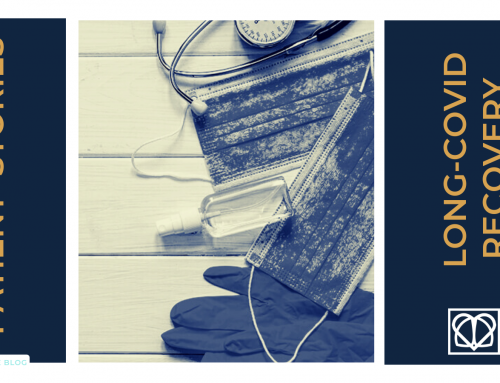July is indeed sarcoma awareness month, so we’re taking a moment here at Air Physiotherapy to look at exactly what sarcoma is and how physiotherapy could help you during your treatment.
What is sarcoma?
Sarcoma refers to the rare types of cancers that can occur anywhere in the body, whether that be bone, tendons, muscle, blood vessels and fatty tissues.
Although there are 100 subtypes of sarcoma, they broadly fall into 3 main types:
-
soft tissue sarcoma
-
bone sarcoma
-
gastrointestinal stromal tumours (GIST).
They most often present in the arms, legs and trunk, but they can also affect the female reproductive system (gynaecological sarcomas), the stomach and intestines, and behind the abdomen (retroperitoneal sarcomas).
15 people receive a sarcoma diagnosis every day in the UK, which is around 5,300 every year.
How is it treated?
This depends on your particular subtype of sarcoma, but the most common treatment for sarcoma is surgery. Chemotherapy and radiotherapy are also used. You may find that a combination of all three is decided upon for your own personal circumstances.
They key factor in successfully treating sarcoma is early diagnosis. This helps maximise the effectiveness of the treatments, before the risk of the sarcoma spreading to other parts of the body has occurred.
How can physiotherapy help?
Physiotherapy can be hugely beneficial to a patient diagnosed with sarcoma, at every stage throughout their cancer journey. Your physiotherapist can support you with a bespoke exercise programme and advice on how to maintain levels of physical activity before and after surgery. Your physiotherapist can also provide guidance on how to manage other symptoms such as fatigue.
Surgery
Physiotherapy can help you go into surgery as physically active as possible, which helps promote a speedier recovery after surgery. Immediately after surgery you may need a course of intensive physiotherapy to regain function, followed by a home exercise programme that will continue to increase your muscle strength.
Chemotherapy
You should aim to remain as active as possible throughout your chemotherapy treatment. Even if you feel unable to do the types of activities you would normally do, your physiotherapist can help you with exercises that you can do while you’re in bed or sitting down so that you can continue to be as active as possible. If you experience any issues or you begin to see a decline in your function, make sure you speak to your medical team as soon as possible.
Radiotherapy
To keep your joints mobile, your physiotherapist will teach you how to stretch, focusing on the right areas for your particular condition. While you’re undergoing radiotherapy treatment you should aim to perform the exercises at least three times a day, reducing to once a day after radiotherapy has finished. You should also discuss how to maintain good skin care with your physiotherapist as this can reduce the risk of developing lymphoedema after surgery and radiotherapy.
The oncology physiotherapy service at Air Physiotherapy will support you through your treatment journey every step of the way: we will help you maximise your strength before you begin treatment; provide support to manage and relieve any symptoms during treatment; and help you build your strength, independence and function after treatment.





